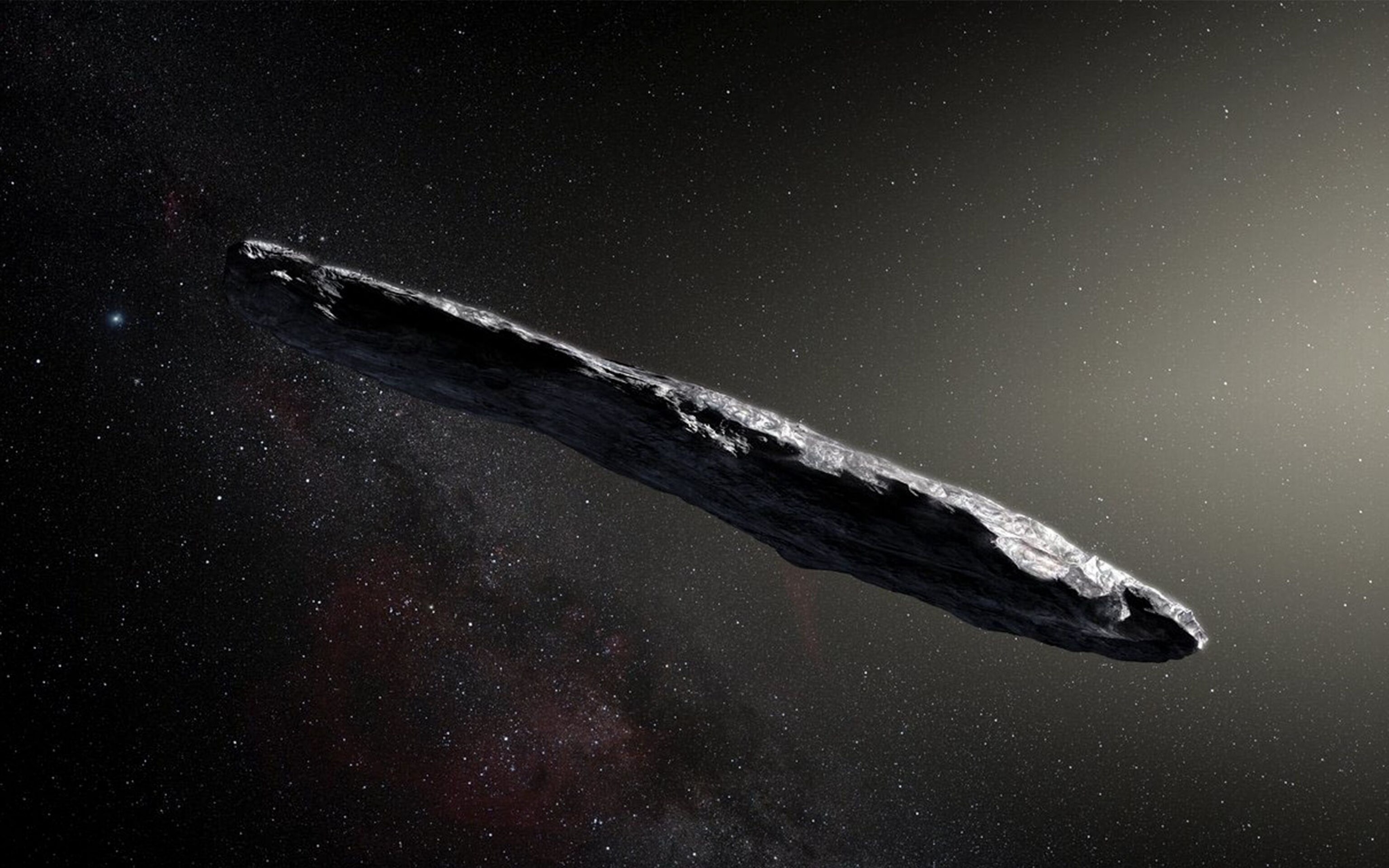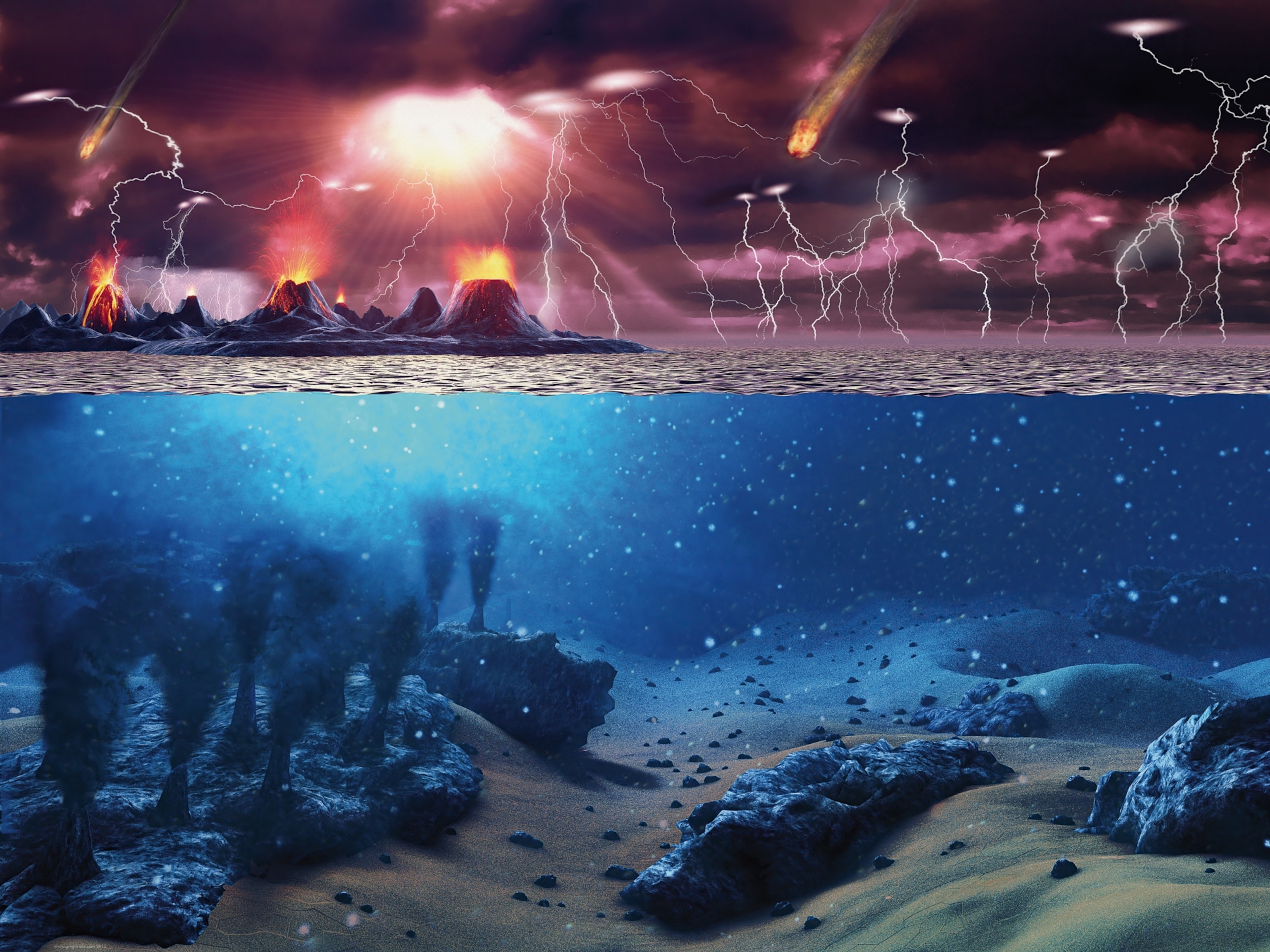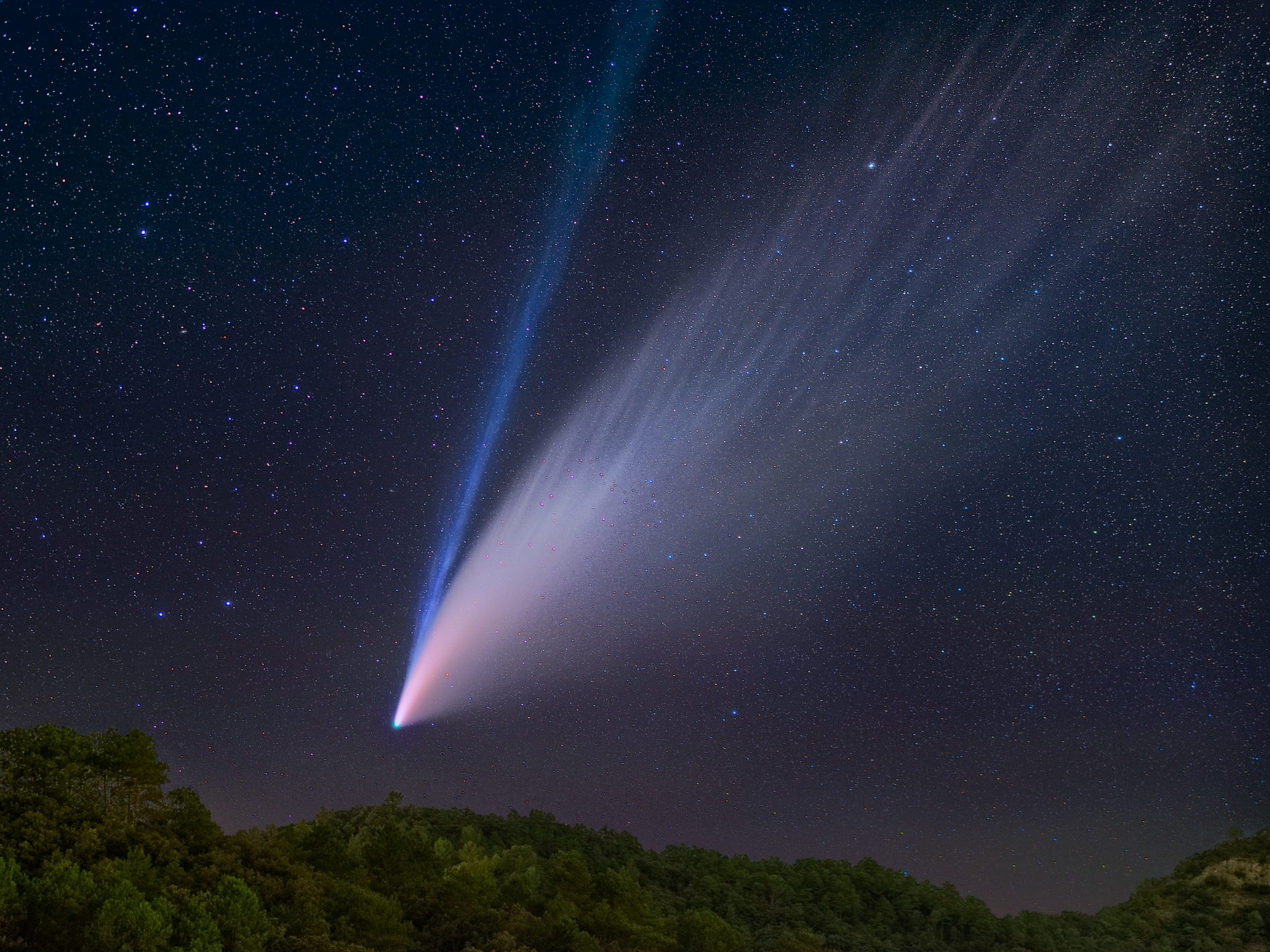
How Do Asteroids Create Life?
Asteroids helped shape life on Earth, and astronomers are studying the chunks of rock to learn about life in other solar systems.
Last October, our solar system's first known interstellar visitor whizzed past Earth, a chunk of rock carrying information about distant reaches of the galaxy. Its name: 'Oumuamua, Hawaiian for "messenger from afar arriving first."
The rock is remarkable, but in its home star system, it would have been one of trillions of asteroids—the rocky remnants left from a star system's very formation, including ours. So what makes 'Oumuamua so important? And why study asteroids at all?
A Rocky Beginning
Today, our solar system's asteroids reside between Mars and Jupiter, in a dense region that's known as the asteroid belt. They're thought to all be the remnants from the gas and dust cloud from which planets, suns, and moons were created. Asteroids vary in size; some are so large, they have enough gravitational pull to attract their own moon.
Occasionally, an asteroid's path around our sun intersects with Earth's, and the two bodies collide in sometimes cataclysmic fashion. In the solar system's early days, before the Earth as we know it was ready for life, our world took a serious beating.
But as asteroids dealt our primeval home a pummeling, they also seeded our world for life. When asteroids collided with Earth, they deposited essential building blocks for life—and didn't collide enough to sterilize or destroy our planet.
“It is likely that the asteroids that bombarded Earth during the very early days of the solar system contributed a significant amount of the carbon-rich and water-rich material present on the Earth's surface today,” says NASA astronomer Joseph Masiero. However, he emphasizes that asteroids' contributions to Earth are still being investigated.
Perhaps asteroids even carried life itself through the void. One theory called panspermia suggests that asteroids colliding into Earth four billion years ago deposited life-giving molecules from other planets. A chunk of Mars, for example, could have seeded early life on Earth, the theory holds.
What We Learned From 'Oumuamua
When 'Oumuamua sideswiped our solar system last October, it was the first known asteroid to do so. For the first time, astronomers had the chance to study how planets form in other solar systems. By studying the rock's shape and the particular wavelengths of light it reflected, astronomers could infer what 'Oumuamua was made of.
“Its color and spectrum looked like some of the things in our solar system—that was comforting,” says Masiero. However, he adds that to some astronomers' surprise, 'Oumuamua wasn't seen spewing gas and dust as the sun warmed it, like most comets. One recent study suggests that a layer of organic compounds coats the object, insulating its icy insides from the sun's heat.
Masiero notes that solar systems may be comparable to our own or completely different; that's something astronomers are still working to figure out. Looking at alien asteroids could potentially tell us how planets—even life—form outside our solar system.
“It helps us answer the question of how are we unique,” he says. “How unique is life?”





